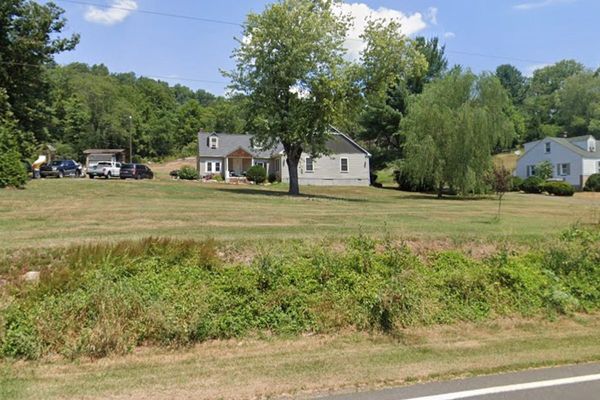
A big challenge for anyone trying to take on climate change is finding solutions that don’t create new problems. Climate scientists, for instance, agree that the world needs more solar panels, wind turbines, and transmission lines. But building all that infrastructure takes up a lot of land, and that land could be a critical habitat for endangered animals, teeming with wildflowers and birds and insects, or a great place for Indigenous peoples to forage for traditional foods.
According to a recent study in the journal Nature Communications, areas around the world that are well suited for wind, solar, and other forms of clean energy overlap with some 10 percent of the land that’s important for biodiversity and other human needs like clean water and wood for fuel. The United States alone would need tens of millions of acres of sunny plateaus for solar arrays and windy ridges for wind mills to stop burning oil, gas, and coal. The potential for conflict between conservation and developing renewables is even higher than it is between conservation and farming, mining, or drilling for fossil fuels, the study found.
That finding was the “biggest surprise” for Rachel Neugarten, a researcher at Cornell University and one of the paper’s authors. “Renewable energy is absolutely critical for climate goals,” she said. “However, if it’s located in the wrong places it could have negative impacts.”
Neugarten’s team mapped the entire world for biodiversity, pressure from farming, mining, and other forms of development, and 10 of “nature’s contributions to people” — from crop pollination to recreation. The researchers found that only 18 percent of the land that humans need is currently protected from urban expansion and resource extraction, more than one-third of which is highly suitable for agriculture, mining, oil and gas drilling, or clean energy projects. In Ireland, for example, 60 percent of the land is well suited for renewables, agriculture, or mining while also important for grazing, storing nutrients like nitrogen, and recreation, the authors wrote.
“One of the key takeaways from this study is that it is possible to achieve conservation, climate, and development goals, but that this will require careful planning,” Neugarten said. “We need to think carefully about how decisions in one sector, such as renewable energy development, might undermine goals in other sectors, such as habitat for pollinators or biodiversity conservation.”
The authors suggest that a way around this problem would be to build wind or solar farms on land that’s already been cleared or degraded. That could mean installing solar panels on abandoned industrial sites or above parking lots, Neugarten said. But she also recommended coupling renewables with agriculture. As two examples, she pointed to an 18-acre solar array in Minnesota that’s nestled among pollinator-friendly flowers and bee hives, which can power more than 100,000 homes, as well as a wind farm on a cattle ranch in Arizona.
The paper doesn’t address whether there’s actually enough land to fit all the solar and wind farms that the world needs without threatening biodiversity and causing other ecological damage. That’s still an open question, Neugarten said. The United States would need a swath of earth about the size of five South Dakotas to generate enough clean power to run a carbon-free economy by 2050, according to an analysis by Bloomberg News and Princeton University. And you can’t just stick wind turbines and solar panels anywhere: A solar farm needs to be on flat, sunny terrain, close enough to the electrical grid to keep transmission costs from skyrocketing.
Still, some research indicates that there doesn’t have to be a dramatic tradeoff between conservation and clean energy. The Nature Conservancy, which helped fund Neugarten’s study, released a report last year showing that the U.S. could deploy a lot of wind and solar without significant damage to the environment. The report outlined three courses of action: combining solar and wind on the same land, installing solar panels on farmland, and using solar panels that tilt to absorb more sunlight and produce more energy.
Where and how renewable energy projects get built affects biodiversity more than the amount of clean energy produced globally does, according to Ryan McManamay, an ecologist at Baylor University who wasn’t involved in Neugarten’s study. “It’s quite possible to meet more needs of the population and have a lower biodiversity impact based on thoughtful considerations of how things are developed,” he said.
Scientists also say the environmental consequences of building a lot of wind turbines and solar panels likely won’t be as dire as continuing to burn gargantuan amounts of fossil fuels. Climate change itself poses a major risk to biodiversity.
“There has been some rhetoric about green versus green, which is setting up renewable energy in conflict with biodiversity conservation,” Neugarten said. “I really do think it’s feasible to do both if we put our minds to it.”
This article originally appeared in Grist at https://grist.org/equity/developing-renewables-wind-solar-biodiversity-nature/.
Grist is a nonprofit, independent media organization dedicated to telling stories of climate solutions and a just future. Learn more at Grist.org







